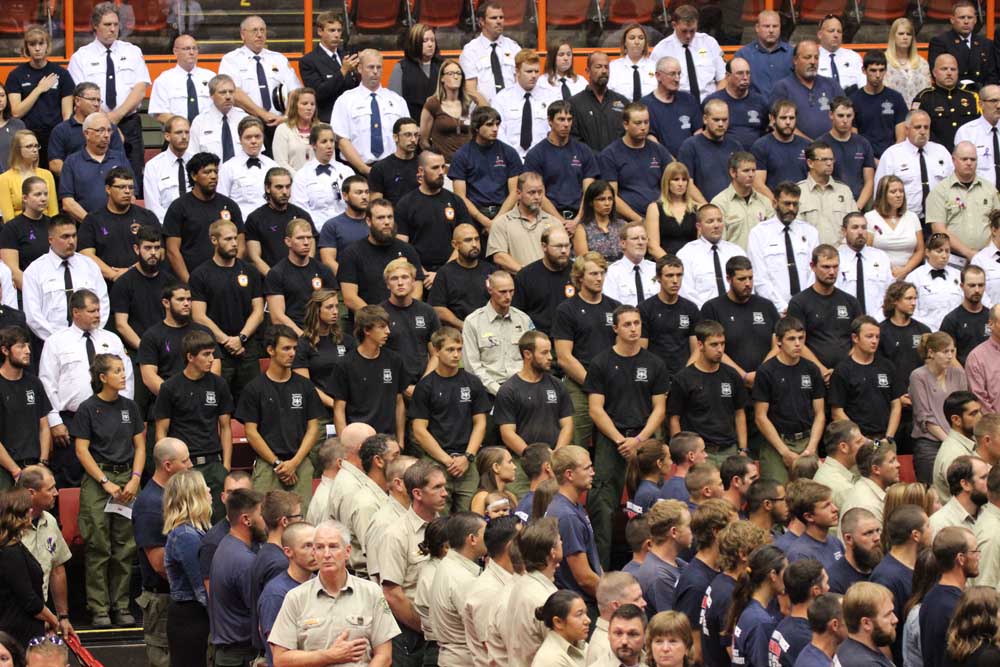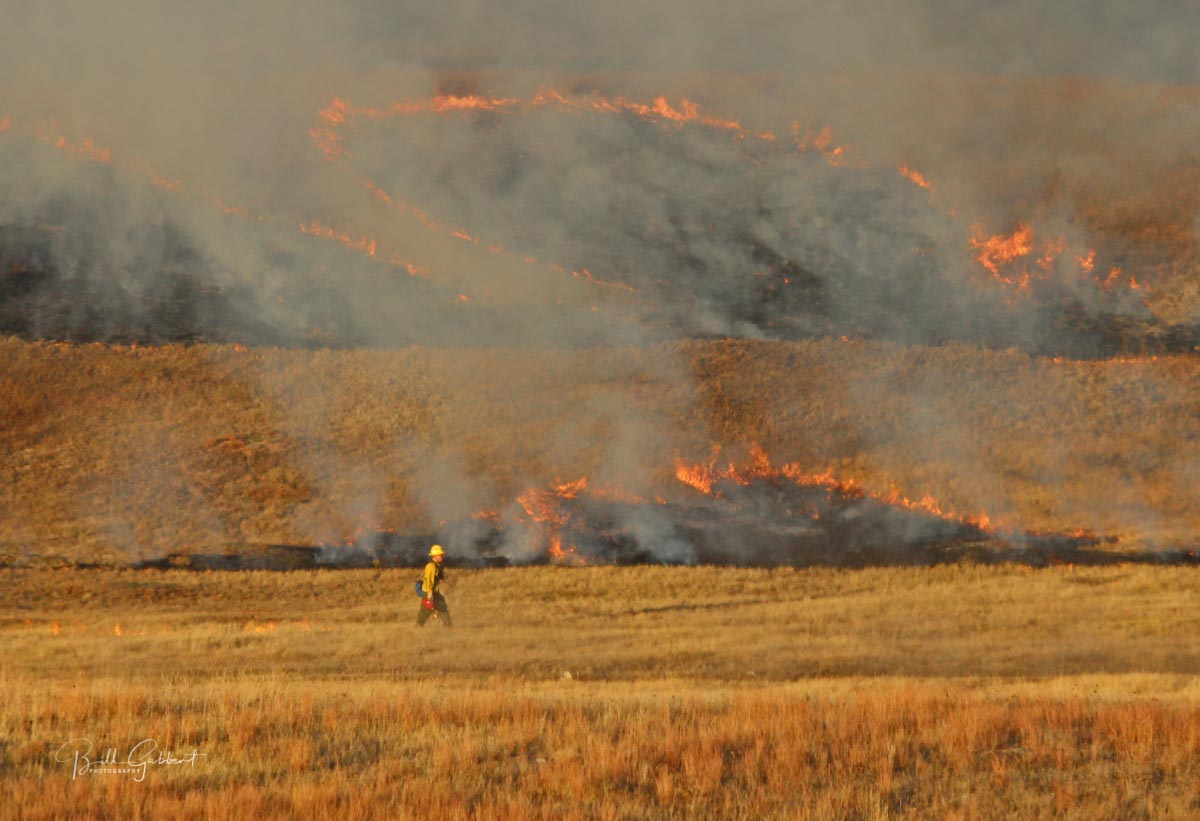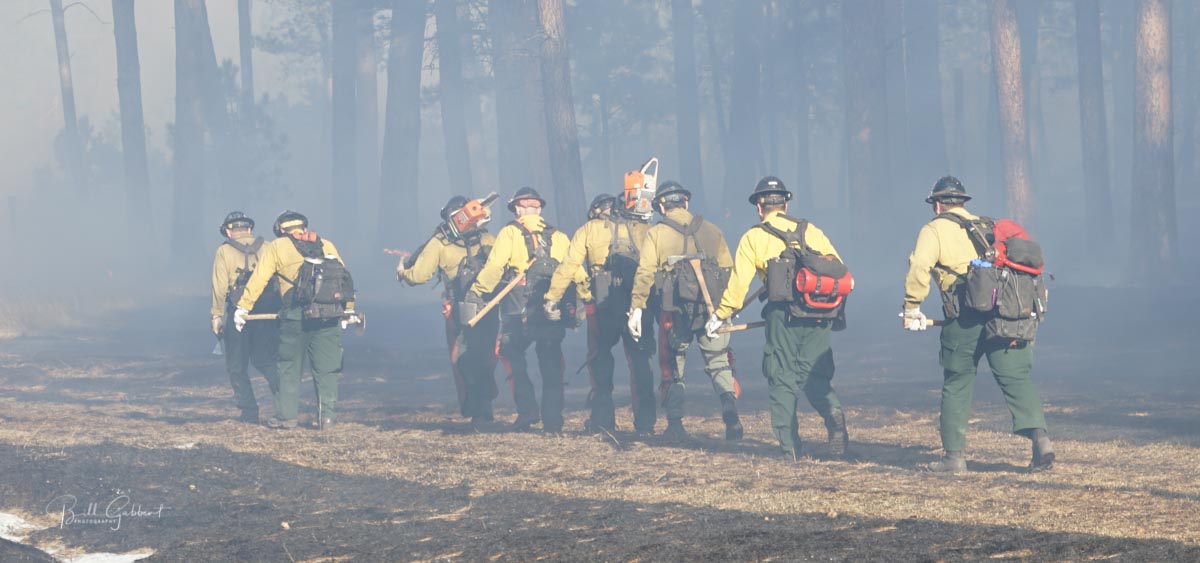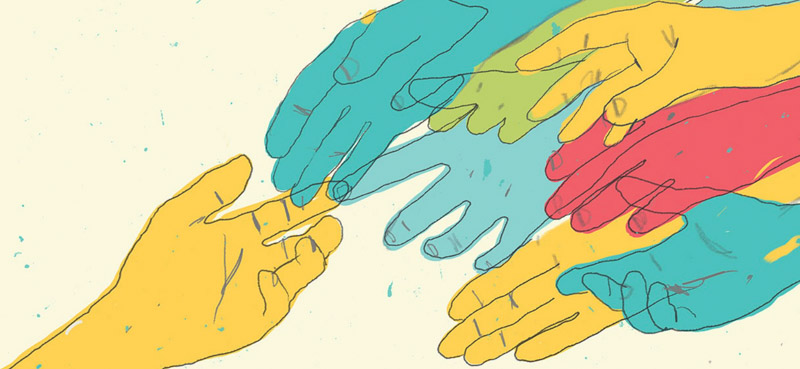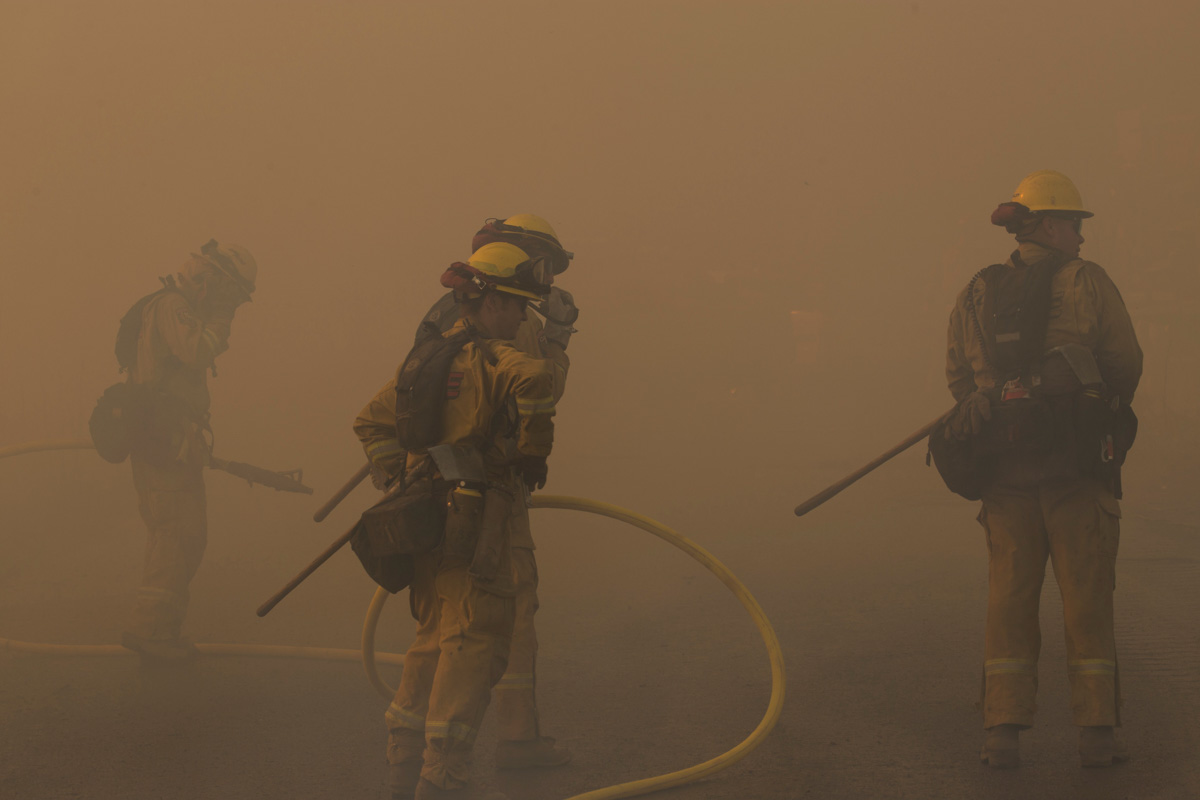
A federal firefighter has drafted a letter to U.S. Senators and Representatives in which they ask for six specific reforms. However, the person, who feels the need to remain anonymous, insists that they not be called firefighter, since the job description applies the label “forestry technician.”
Update August 12, 2020. For some of the statistics mentioned in the letter below, reference "A Quiet Rise in Wildland-Firefighter Suicides", The Atlantic, 2017; and, "Suicide rate among wildland firefighters is 'astronomical' ”, Wildfire Today, 2017.
Here is the letter. At the bottom is a link to sign a petition at Change.org.
To our US Senators and Representatives:
I am a Wildland firefighter with 14 years of experience fighting wildfires across the United States and Alaska with the US Forest Service. I’m writing this letter to open your eyes and to start a dialogue about the mental health crisis that is taking place amongst our firefighting ranks in the US Forest Service.
Wildland firefighters have a 0.3% suicide rate according to Nelda St. Clair of the Bureau of Land Management. This figure is shockingly high compared to the national suicide rate of 0.01%. In 2015 and 2016 a total of 52 Wildland Firefighters took their own lives. Why do wildland firefighters suffer from a 30x rate of suicides compared to the general US population? I detail my personal thoughts that are based on hundreds of conversations with wildland firefighters and my own experience below.
Any US Government official should find it unacceptable to have such high suicide and mental health issues amongst their employees. Unfortunately, little action has been taken by leadership in government to support wildland firefighters, resulting in this predictable and avoidable epidemic.
Wildland firefighters are some of the most driven, motivated and selfless workers. We miss our kids birthdays, friends’ barbecues, aren’t around to help put the kids to bed or make dinner, and this takes a toll on us. This causes us to lose social connections and friendships, to feel distant from our loved ones, and increases our divorce rates because we aren’t present to support our partners.
Throughout my time as a Hotshot and a Smokejumper I have seen people working through multiple injuries such as hiking chainsaws up the hill with a torn ACL, unable to have surgery due to a lack of health insurance, or a financial inability to miss a few fire assignments. The majority of wildland firefighters rely too heavily on overtime and hazard pay making time off financially unfeasible. When an on-the-job injury occurs, our workmans comp insurance is slow to approve claims, often does not authorize payment for doctor recommended care, and then only pays 40% of base pay to recover while away from work. This needs to change.
We often hear from local citizenry, news stations, a governor or senator that we are “Heroes.” I’ve had innumerable conversations with fellow firefighters how disingenuous this feels when many wildland firefighters are temporary employees who do not receive benefits and have an employer that refuses to call them what everybody knows to be true, that we are “WILDLAND FIREFIGHTERS,” not forestry technicians.
Our wages lag far behind standard Firefighter wages. We do not receive pay for our increasing workload within an increasingly longer fire season. It is common for us to be running a Division of a fire (typically a job for a GS-11) while paid as a GS-6, have dozens of resources (personnel and equipment) under our command and be the lowest paid of all of them.
The job is so hazardous and physically difficult that we are supposed to receive the same retirement that the FBI, Law Enforcement, and other Federal Firefighters receive, able to retire after 20-25 years. The difference is that their career starts when they are hired, while our retirement plan doesn’t start until we are hired as a permanent employee, often coming after more than a decade of service as a temporary employee. Hotshot crews are typically staffed with 7 permanent employees and 13 temporary employees, doing some of the most hazardous and strenuous work.
Our overtime is not considered mandatory and therefore not part of our retirement annuity calculation, while other federal employees’ overtime is considered mandatory. This is a laughable premise amongst any wildland firefighter as we often have no say in length of work and are not able to go home after 8 hours of work when we are in the middle of an assignment. We typically work 14-day assignments, sleep on the ground, eat MREs and don’t complain. We are often out of contact with loved ones and thousands of miles from home, but have to fight with office workers tracking our pay to get paid for 16-hour workdays where we work from 6AM until 10PM. Other contracting resources, CAL FIRE, municipal firefighters, and other Federal Firefighters all are paid Portal-to-Portal, 24 -hour days, without the federal government blinking an eye.
As a 14-Year Veteran, I am qualified at the Crew Boss Level with many other advanced qualifications, but I have only accrued a total of 3 years towards retirement and make under $20/hour in an area where the median home price is over $400,000. When I go on an assignment, the babysitter makes more per hour than I do on a fire.
The current wage structure also limits diversity and keeps women and minorities out of firefighting positions. If women have plans to have children, then it is nearly impossible to pursue a career in firefighting because the option to miss a single fire assignment would result in a large percentage of yearly income being lost. People from lower-income demographics are kept out of this field due to the low wages as well. Increasingly I am seeing only privileged, white males able to work in this career with the most stable and supportive family situations. This is a shame as we all suffer when diversity is discouraged.
Why are we hailed as “Heroes” by the media and politicians but paid like second-rate cannon fodder that can be replaced easily?
I’m asking for real reforms from our elected officials:
- A psychologist with an office located in the forest headquarters of each national forest who is available to all Forest Service employees for mental health.
- A Critical Incident Stress Management (CISM) paid leave category is created with 1.5 hours per pay period (roughly 1.25 weeks per year) to take time for mental health.
- Cut the crap, We are WILDLAND FIREFIGHTERS, not forestry technicians. Compel Land Management agencies to convert all wildland firefighters from GS pay scale to a new pay scale such as WLF. A WLF-6 (currently GS-6) should be paid at $30/hour or $60,000 per year. It took me until my 9th year of fighting wildfires to attain the level of GS-6, so this is not a starting wage.
- Eliminate any hiring of GS-3 in Wildland Fire. This wage is insultingly low and not acceptable for the type of risk taken.
- After we are called firefighters in our official Position Description, end Hazard Pay. Our jobs are inherently hazardous, and our lives should not be valued based on our pay rate as is the current practice.
- Eliminate Temporary Positions for any firefighter returning for their second year. If they are worth bringing back for a second season then they are worth paying benefits and allowing to contribute to their retirement plan.
This is a simple list of requests that can be done now. This job is already so stressful as evidenced and explained above. Firefighters and their families need some relief from the biggest stress currently, which is financial stress. Increasing wages will save firefighter lives, I have no doubt. It will also preserve a middle class job from sinking into the poverty level.
My final request goes out to the countless US citizens who have relied on us to save their communities, homes, favorite forested areas and to the media organizations that have used us to write compelling stories and report on some incredibly dramatic events:
Please stop referring to us as wildland firefighters. We are currently “forestry technicians” as described by the federal government position description and your reporting should reflect that reality. Don’t call us “Heroes” either because when divorces, mental health problems and declining wages are the reality, we don’t feel like heroes at all.
Thank you for your time and understanding.
(The author has also posted this on Change. org. Sign the petition there if you are so inclined.)



